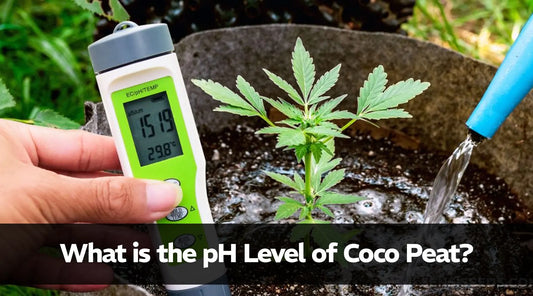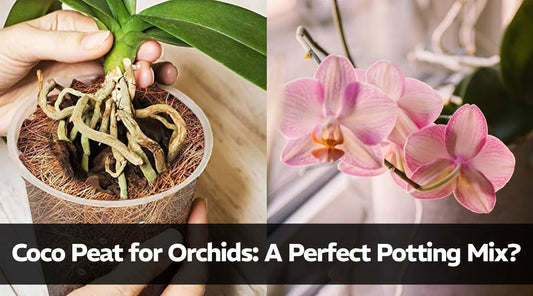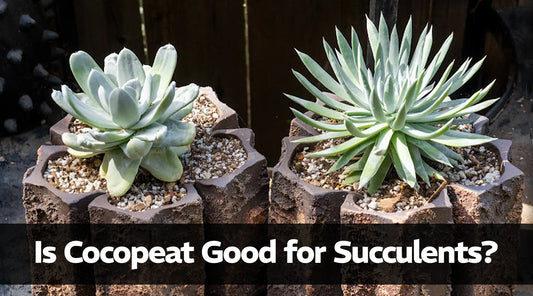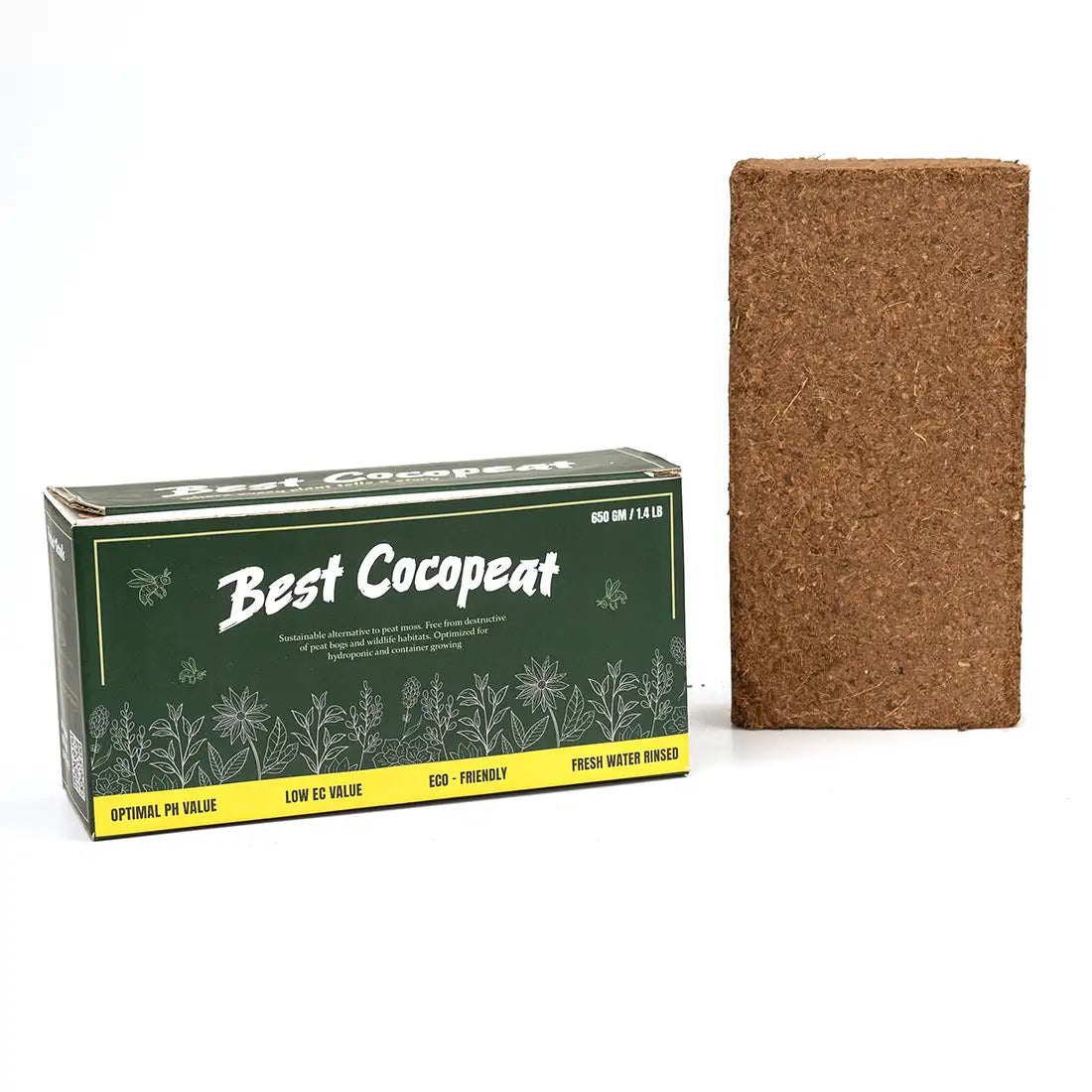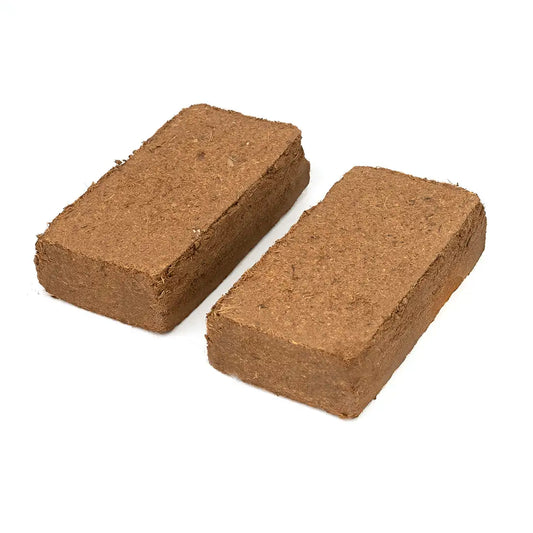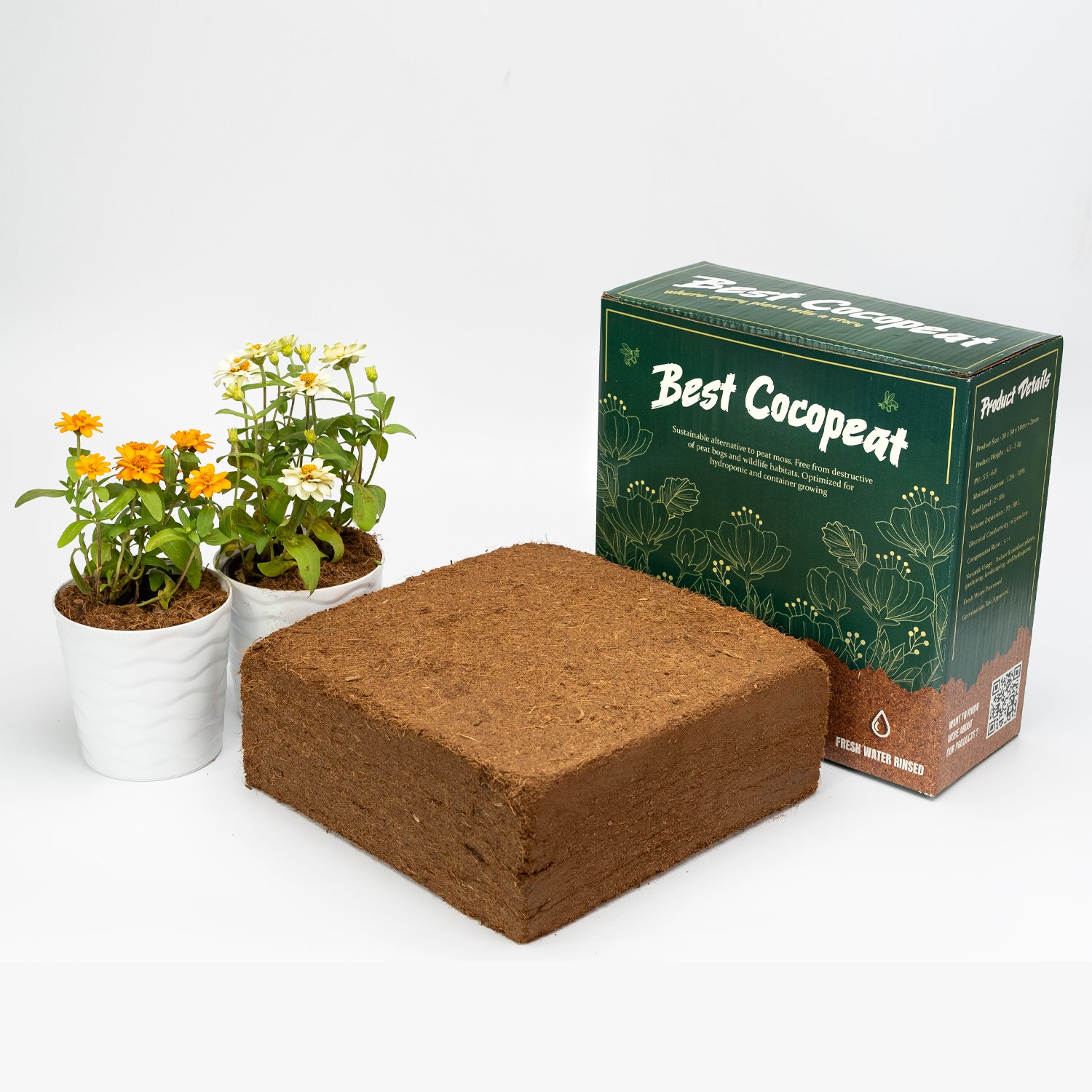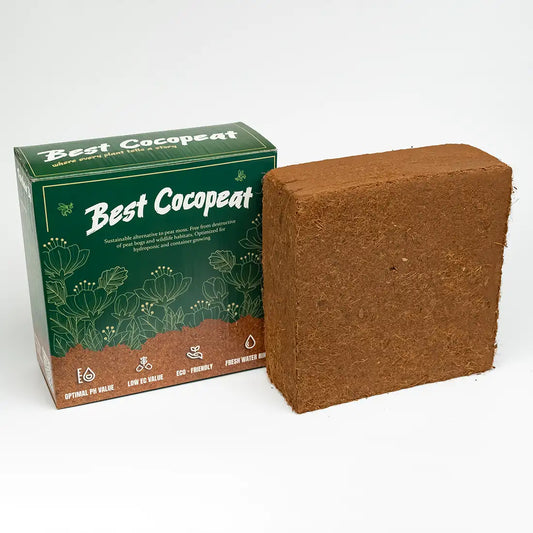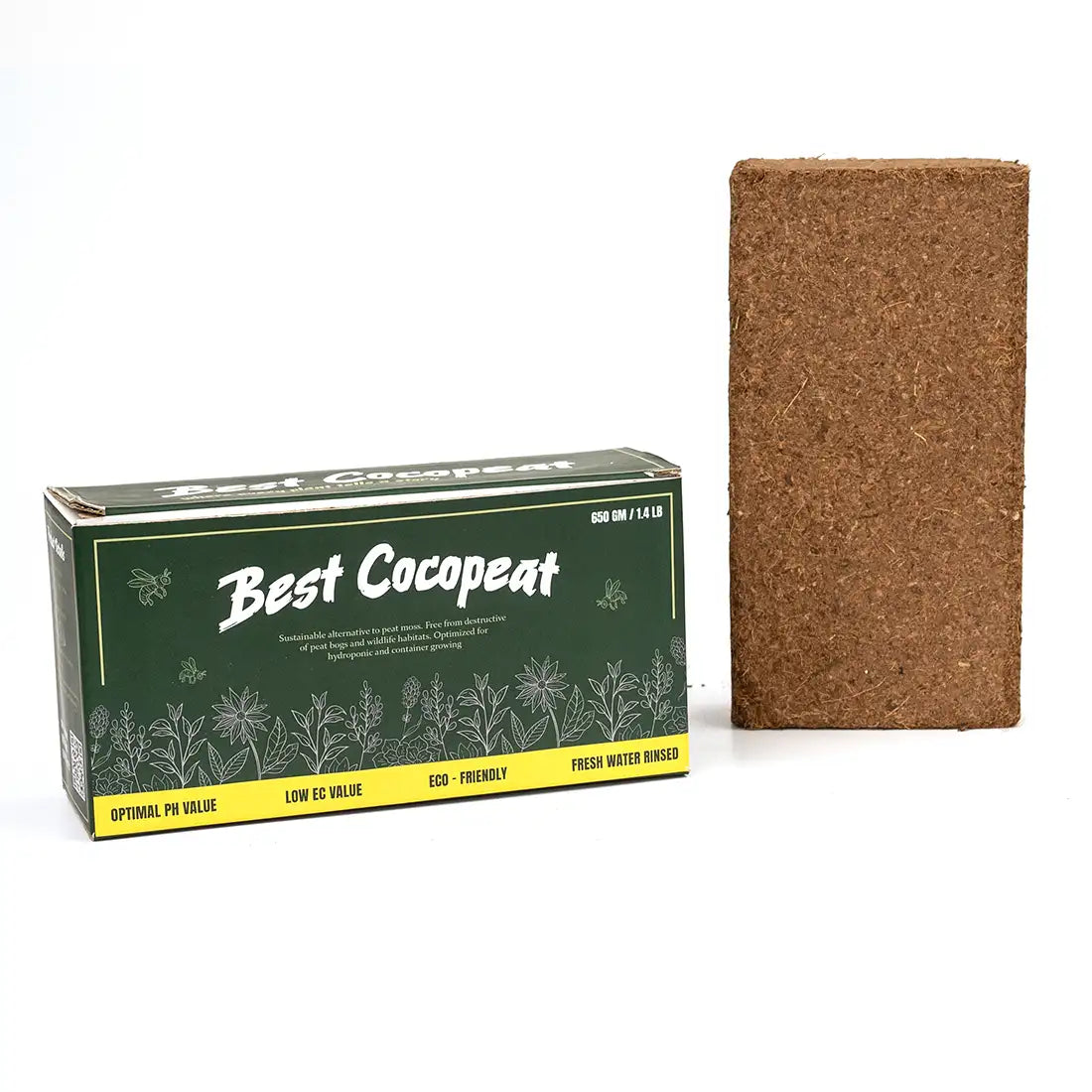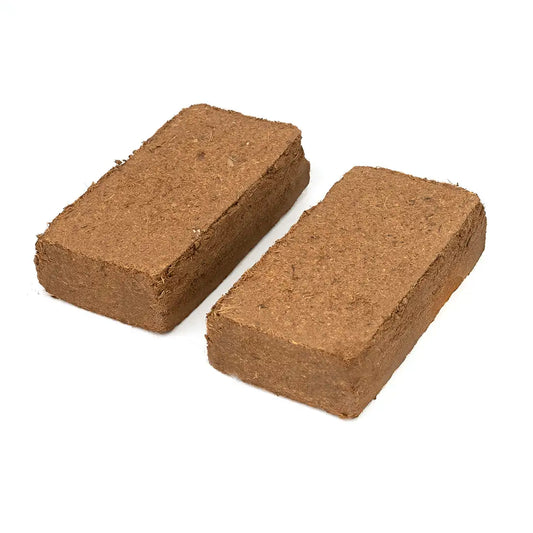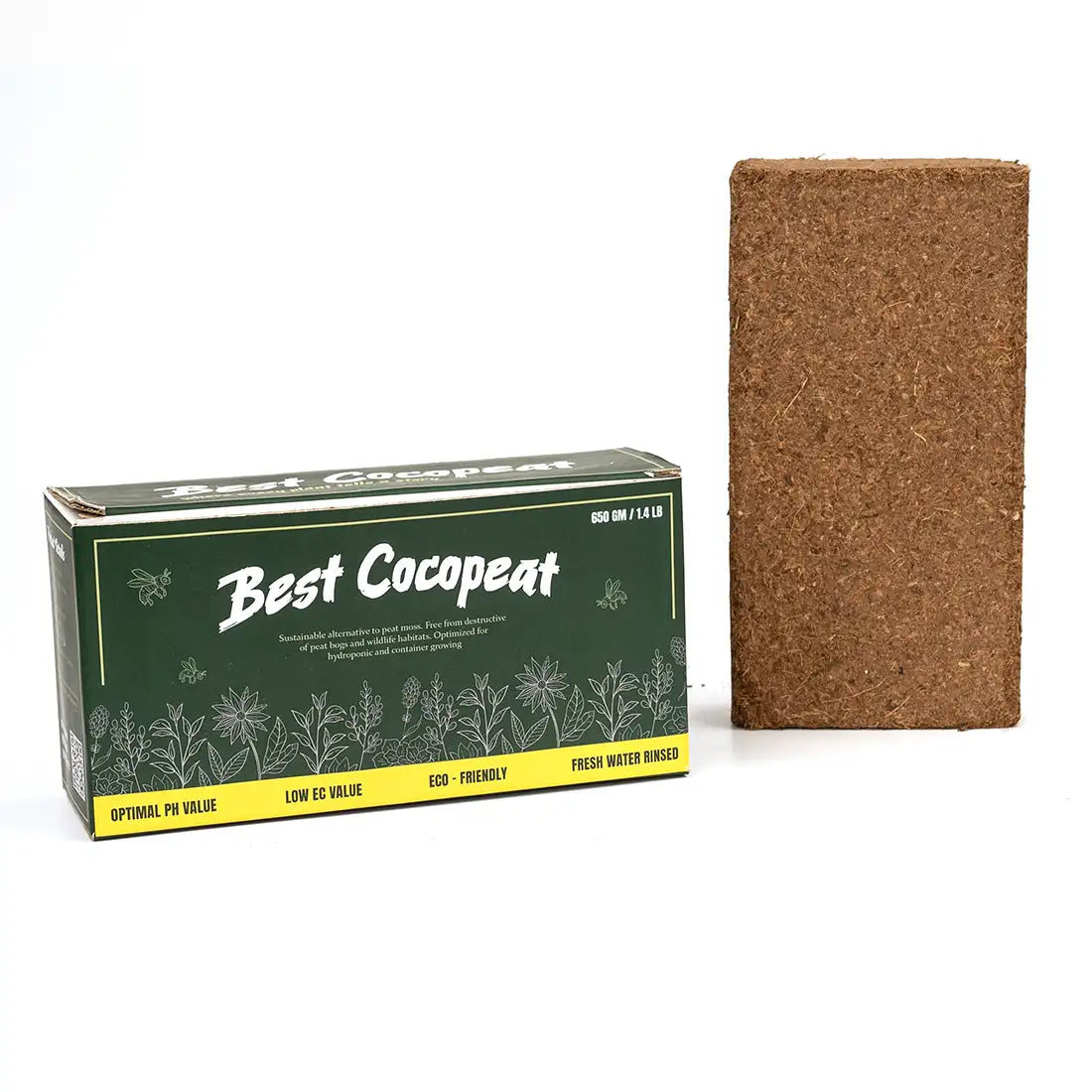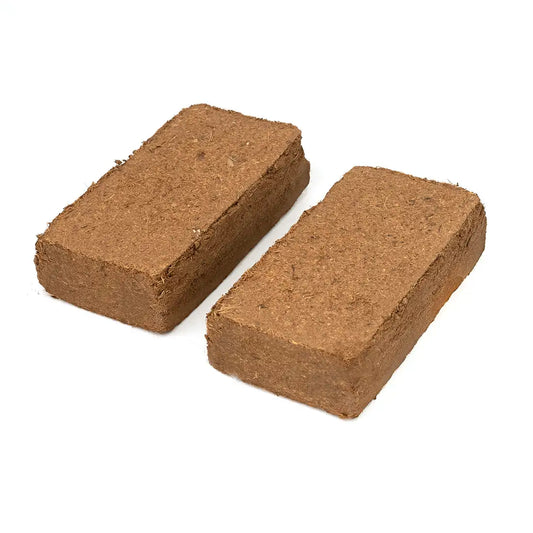Cocopeat, frequently referred to as coco peat, coconut peat, or coco fibre peat, continues to gain popularity as a growing medium among horticulturists, farmers, and home gardeners due to its performance and durability. One of the most asked questions is: How long does cocopeat last? By knowing how long cocopeat may be utilized, you can manage your garden more responsibly and effectively.
What Is Cocopeat Made Of?
Coco peat, sometimes referred to as coco fiber peat, is derived from coconut husks. It is a spongy material that improves aeration, water retention, and root health. Usually crushed into coco peat or peat bricks, it expands when soaked in water, turning into a fluffy, useful product.
Because of its high fiber and cellulose content, it has a longer lifespan than other organic growth mediums and is more immune to decomposition.
How Long Does Cocopeat Last?
When properly cared for and maintained, cocopeat can often last four to five years. But how you use it influences how long it lasts:
-
As a Potting Medium: When cocopeat is used as part of a potting mix, it may start to decompose after 2–3 years, especially if used with other organic materials.
-
In Hydroponics or Soilless Gardening: Under proper maintenance, cocopeat can continue to be helpful for several crop cycles.
-
Outdoor Garden Beds: Direct sunlight, exposure to water, and bacterial activity can all speed up the decomposition of cocopeat.
Elements Influencing the Lifespan of Cocopeat
-
Nature of Use
Because it is protected from the weather, cocopeat used indoors lasts longer. Because of the sun, rain, and temperature changes, outside use reduces lifespan. -
Watering Frequency
Regular watering may speed up degradation by causing nutrients and fibers to leak. To increase its useful life, make sure the drainage is sufficient. -
Plant Type
Small herbs or vegetables with small roots may not destroy the medium's structure as quickly as heavy feeders or deep-rooted plants. -
Reusability Practices
If cocopeat is cleaned, buffered, and hydrated again in between applications, it can be utilized for multiple times.
How to Tell When Cocopeat Has Expired
Aeration and water flow are decreased as coconut peat loses its fibrous nature and becomes softer or muddy. Here are some symptoms that it's time to replace your cocopeat:
-
It becomes moist and too compressed.
-
Air circulation and drainage greatly drop.
-
Mold or bad odor develops.
-
Plants indicate symptoms of unworthy root health or growth.
Tips to Extend the Lifespan of Cocopeat
-
Proper Washing & Buffering
To start, always wash the cocopeat to get rid of extra salt. Over time, buffered cocopeat reduces toxicity and improves nutrient availability. -
Mix with Organic Materials
Sand, vermiculite, or perlite can be used to improve aeration and avoid compression. -
Sterilize Between Uses
To remove pathogens and restore fluff, properly wash and sun-dry cocopeat after harvesting or when using it. -
Rotate Usage
Change between garden beds or pots to allow the cocopeat to relax and recover.
Benefits of Long-Lasting Cocopeat
-
Sustainable Gardening: Waste reduces by using the same coco peat bricks for several repetitions.
-
Cost-Effective: Long-term cost reductions are achieved by making an initial investment in Best cocopeat.
-
Healthy Plants: Long-lasting, high-quality coco fiber peat promotes root growth and plant health.
Conclusion
Cocopeat is a great option for green gardeners wanting sustainability and durability because of its long lifespan. When used and maintained appropriately, coco peat can last for many years in your garden. This is especially true if you use the Best cocopeat, which is ethically processed, low in salt, and washed. Understanding and care for your cocopeat will ensure a long-lasting, healthy garden, whether you're producing veggies, potting houseplants, or constructing raised beds.

